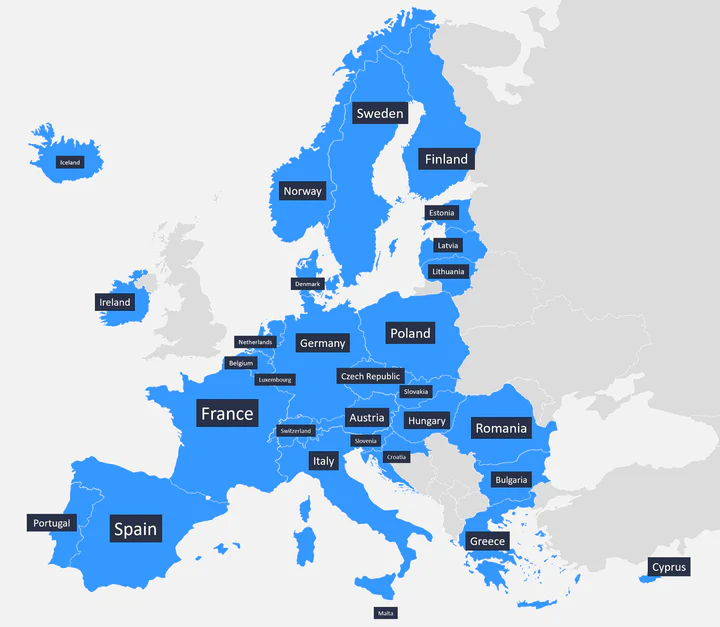 TL;DR:
TL;DR:
Register a trading name (and TM), use it as your employer on your CV, describe your roles, and treat clients as projects, not jobs.
This provides a seamless, professional timeline—no gaps, and full legitimacy.
The longer reasoned version…
If you are looking for a new position, gaps in your CV can raise questions, especially if you work as a contractor or are self-employed.
Here’s a practical approach, that can solve these issues, and provide a solid timeline.
-
Register a Trading Name:
Even as a sole trader, register a trading name for your business. In most countries, this is inexpensive and can also be registered as a trademark (™), giving your business added credibility. Just choose the trading name you want to work with, and typically, within EU, a national registration is ~100 euro.
This also gives you a VERY strong legal protection for your trading name, and you can prevent others from using it in your class.
It is even stronger protection than registering a busines name with the companies house…
Also, register this as a “wordmark” for maximum protection, as this enables you to incorporate the name in any graphical setting, as otherwise, a trademark would be linked and limited to the specific graphical representation that has been registered, as a wordmark allows you to use it in ANY graphical, logo or font setting, as it is the “word” itself that is protected, not how it is represented. -
Trade Under Your Registered Name:
Conduct all your business activity using your trading name.
Use this name consistently on all invoices, contracts, and professional correspondence. -
Present Your Trading Name as Your Employer:
On your CV, list your trading name (and TM, if registered) as your employer.
Your self-employment under your own company or trading name is a perfectly valid and legal form of employment, and way of representing yourself on the market. -
List Roles, Not Clients:
Instead of listing each client as a separate employer, describe your roles and responsibilities under your trading name, and optionally mention key clients or projects as examples.
This creates a single, continuous timeline of employment and avoids unexplained gaps.
Example:
| Period | Employer | Role | Details |
|---|---|---|---|
| 2015–Present | ACME Consulting™ | Owner/Consultant | Provided IT consulting to various clients… [list of clients, and summary types of work / roles for the clients] |
The benefits?
-
Ensures a consistent work history with no unexplained gaps.
-
Enhances professional image with a registered TM.
-
Allows you to maintain confidentiality about clients if needed.
-
Factually correct: Self-employment under a trading name is a legal form of employment.
-
Common practice: Many experienced contractors use this method to avoid the appearance of gaps.
-
Protects client confidentiality and avoids cluttering the CV with short stints.
-
Removes bias – Employers often hesitate if they see gaps or too many short contracts; this format presents stable, ongoing work.
Possible caveats?
-
Some HR may request clarification about what you did for that period—be ready with a project/client list if asked.
Any non-client periods, can be explained as self-investment in training, working on internal products and otherwise. -
In some industries (e.g., government, finance), disclosure of clients may still be required at later stages.
This is technically not a problem, and you would have the invoicing and other items to show, as well as self-investment as cover for gaps.
Good luck!

 I got the A1-A3 and A2 drone license.
I got the A1-A3 and A2 drone license.

 Consultants/Contractors vs Employee – A side by side comparison
Consultants/Contractors vs Employee – A side by side comparison  … and keeping them out of the code in GIT?
… and keeping them out of the code in GIT? 
